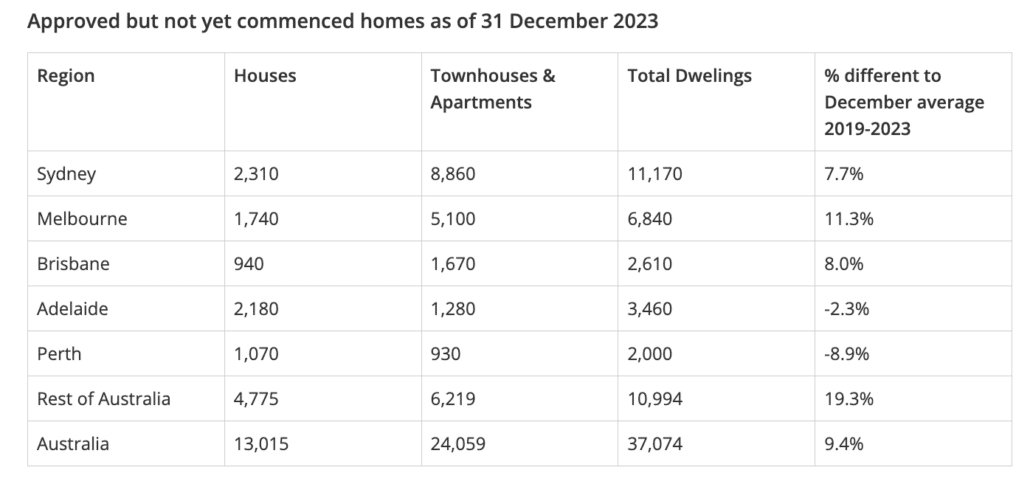NSW housing reforms: unlocking opportunities for property developers
Written by David Lovato – CPC Development Lending Solutions
July 2024
The NSW government’s recent planning reforms, introduced in June 2024, are designed to provide greater housing choices for families needing additional space and for multi-generational households.
These changes are expected to help retain young people in NSW who might otherwise leave due to housing shortages.
The reforms significantly expand the permissibility of dual occupancies and semi-detached dwellings, providing new opportunities for small developers to undertake profitable projects across the state.
Understanding the reforms
The reforms will:
- Expand permissibility: The new reforms permit development applications for dual occupancies (two homes on a single lot) and semi-detached dwellings in a broader range of R2 residential zones. This change affects 124 local government areas across NSW, providing a substantial increase in available development sites.
- Streamline approvals: The reforms aim to streamline the development approval process by enabling more projects to qualify for complying development consent (CDC). This faster approval route bypasses the lengthy council approval process, reducing the time and costs associated with starting a new development.
Certain regions, such as the Hawkesbury, Blue Mountains, and Wollondilly, are excluded due to bushfire and flood risks. Bathurst is also excluded as it lacks suitable R2-zoned land.
Additionally, heritage-listed sites are protected, although developments in heritage conservation areas may proceed if they enhance the area’s heritage value.
Keep in mind that while the state government is driving these reforms, local councils remain the primary assessors of development applications. They are responsible for evaluating these applications based on local planning controls and community needs.
Key steps for success
To maximise the benefits of these reforms, small developers should adopt a strategic approach. Here are some key steps:
1. Target DA-approved or quick approval sites:
Focus on sites that are either already DA-approved or can quickly gain approval through the CDC. The new reforms have unlocked many such potential sites, making it easier and faster to initiate projects.
2. Extend settlement terms
Purchase sites on extended settlement terms to allow them to be more shovel-ready before settlement. Alternatively, settle within standard timeframes and rent out the existing premises for 3-6 months, generating interim income while preparing for construction.
3. Use an effective builder-developer model:
Adopt a builder-developer model where the builder handles construction and the partner manages finance and planning. This clear division of roles ensures efficient project management and execution.
Then, conduct building works at cost, transferring builder profits to developer profits. This approach helps manage high management and labour costs, ensuring project profitability.
4. Take a single-lender approach
Secure a bridging loan that transitions into a construction loan. This simplifies the funding process and saves time and money, providing financial stability throughout the project lifecycle.
How CPC can assist
At CPC Development Lending Solutions, we specialise in providing bespoke lending solutions tailored to the unique needs of small developers.
Here’s how we can help:
- Feasibility studies: Before you purchase a site, we conduct comprehensive feasibility studies to ensure the project’s financial viability. This helps mitigate risks and ensures that the development numbers stack up before securing finance.
- Bespoke financing solutions: We offer tailored financing options, including bridging loans and construction loans. Our solutions are designed to meet the specific needs of each project, providing flexible terms and competitive rates.
- Expert guidance: Our team provides expert advice and support throughout the development process. From site acquisition to project completion, we ensure you have the financial backing needed to succeed.
Crowd Property Capital is a property development finance specialist. We help property developers overcome their funding challenges by sourcing loans for land, construction and residual stock. Contact us at [email protected] or fill in this form.
















